In the realm of renewable energy and corporate social responsibility, Hero Future Energies (HFE) illuminates a trajectory where the synergy of profit and purpose unfolds effortlessly. Established in 2012 as part of the esteemed Hero Group, HFE envisions a future where corporate goals harmonize with a profound commitment to environmental and social responsibility.
In an insightful interview with TheCSRUniverse, Ms. Bhawna Kirpal Mital, Chief Human Resources Officer and Lead - IT, ADMIN, CSR, Hero Future Energies, sheds light on the company's core areas of focus, emphasizing strategic expansion, community development, and global best practices adoption. The interview delves into HFE's growth strategy, navigating challenges in the Indian context, and its commitment to becoming a holistic energy solutions partner.
Ms. Mital unveils the company's impactful community initiatives, from educational coaching to water conservation projects, showcasing tangible results and budget allocations for CSR. The discussion extends to HFE's global perspective, balancing business expansion with a net-zero GHG footprint, and successful collaborations. As the interview unfolds, Ms. Mital articulates HFE's forward-looking approach, addressing water positivity goals by 2026 and outlining the company's roadmap for 2030.
Scroll down to read the full interview:
Q&A
Q. Could you outline Hero Future Energies' core areas of focus and mission in India, particularly in the context of renewable energy, sustainability, and community impact? What challenges do you encounter in pursuing these objectives in the Indian context, and how does HFE address them?
A. Hero Future Energies (HFE) is a part of the illustrious Hero Group, one of the most respected business houses from India. HFE was established in 2012, with the idea of profit for purpose, to contribute towards preserving the environment for future generations. HFE aims to expand its current portfolio five times within the next five years.
HFE's growth strategy involves offering end-to-end energy solutions in the C&I space, becoming an integrated energy solutions partner for its customers, providing advanced round-the-clock and firm power solutions with integrated battery-enabled storage solutions.
Additionally, the company is looking to establish itself as a go-to partner for green hydrogen and mobility solutions.
The company actively engages in community development initiatives, ensuring a positive impact on local areas. From our Asha Education Centers that enables after-school educational coaching, to vocational training programs aimed at empowering the under privileged, we're investing in human capital. Our Water ATM and Check Dam projects address the critical issue of water scarcity, benefiting thousands of farmers and families.
Further, our environmental initiatives, including tree plantation efforts and solarizing educational institutions, reflect our unwavering commitment to combat climate change.
Our core thematic areas for CSR are Education, skill development, women empowerment and water preservation. We have been focusing on inclusive development of the community around our Project sites. As RE sites are far off from the major cities, those areas lack even basic amenities. The major challenge that we currently face is to find the right resources at the ground level. Raman Kant Munjal Foundation (RKMF) has been a great support in executing the Project on ground, training the resources and gaining necessary clearances from authorities for smooth execution of projects on ground.
Q. Considering HFE's global presence, how does the company leverage learnings from its international projects to enhance its impact and strategies in India, and are there specific adaptations made for the unique socio-economic and environmental aspects of the Indian context?
A. HFE maintains a comprehensive dossier of all best practices and lessons learnt from projects executed across geographies, including international ones. These cover elements of health, safety, environment as well as those affecting our top and bottom lines. We expect to carry over learnings from more mature markets like the UK for aspects relating to newer technologies like battery storage. All learnings and best practices are adapted to a set of universal standards that HFE maintains across projects with specific roll-out plans for geographies and locations based on unique local aspects.
Q. Given Hero Future Energies' commitment to sustainable growth, could you elaborate on the strategies employed to balance business expansion while maintaining a net-zero GHG footprint and minimizing its impact on local ecosystems?
A. HFE envisions expanding its business fivefold in the next five years while prioritizing sustainable growth. This vision is firmly based on strategies crafted to harmonize business expansion with achieving a net-zero GHG footprint and minimizing impact on the local ecosystem, which is already at a minimum. The company has initiated efforts to enhance supply chain efficiency by investing in local conservation initiatives, such as plantation drives. Clear goals have been set, and progress is regularly monitored to ensure transparency and accountability.
Q. The CSR initiatives, including projects like water ATMs and check-dams, showcase HFE's commitment to community well-being. How does HFE assess the long-term impact of these initiatives on the communities they serve? Additionally, could you share insights into the budget allocation for these CSR projects?
A. Absolutely, these initiatives start with commitment to serve communities in the long run. We handover water ATMs to local Panchayats/authorities for day to day upkeep, but their annual maintenance and AMC’s are managed by HFE. We ensure that these Water ATMs remain in good condition and serve community in the long run.
Water Checkdams are also handed over to local Panchayats and we support them for any necessary maintenance on ground. We have 10 water ATMs in MP, Rajasthan and Andhra Pradesh catering to more than 1,000 families and 6 water checkdams supporting more than 100 farmer families in MP and Rajasthan.
Our 40% of budget is allocated for Education& Skill development initiatives and more than 30% of budget is allocated for Water Initiatives.
Q. Regarding the Digilab project in Ladakh, how does HFE ensure the sustainability and scalability of digital learning initiatives in remote areas, and what metrics are used to gauge their success?
A. HFE launched the Digilab Project with association of 17000 Ft. foundation. It has been a great success and is currently catering to 10 schools in the remote areas of Ladakh. The project has been designed in a manner that it has minimal maintenance cost and it continues to provide free digital education to children in remote areas of Ladakh.
In 2023, HFE digitized the hostel building of Wanla Government High School, Ladakh. In the challenging terrains of Ladakh, situated at a staggering 10,340 feet, stands our solar-wind hybrid 3 kW plant at Government High School, Wanla that was established in collaboration with the Raman Kant Munjal Foundation and Ladakh Autonomous Hill Development Council Leh. This achievement isn't merely an infrastructural feat, but a reflection of our unwavering commitment to both renewable energy and education.
Q. With the surge in ESG investing in India, how does Hero Future Energies plan to advance its renewable energy capacity? How are innovative approaches, progress in renewables, and ESG trends shaping this trajectory and supporting long-term success?
A. HFE has ambitious plans for its future and aims to grow 5 times over the next 5 years. The demonstrated surge in ESG investing in India is expected to support these plans as the RE sector in general is expected to be favored destination for these funds. Besides an increased commitment from corporates towards sustainability, the social and community impact from the development of RE projects (through jobs and improving local infrastructure) is also expected to shape this trajectory. One of our levers for growth includes setting up hybrid projects with energy storage to ensure we provide commercial and industrial customers with round-the-clock green power to ensure rapid progress on their net-zero journeys or helping national grids stabilize better as the adoption of renewables increases. HFE is positioned well along the dimensions of adopting technological innovations to enhance efficiency and reduce costs, good governance practices and meticulous risk management, not to mention alignment with the UN SDGs and compliance with local and global EST standards, which are also expected to support our long-term success.
Q. How does HFE collaborate with local communities to ensure that its initiatives align with their needs and contribute to sustainable development? Can you detail the tangible outcomes, case studies and impact created as a result of this community-centric approach?
A. HFE’s CSR initiatives are designed keeping the community in focus around our Project Sites. Our Asha Education Centers run in collaboration with Raman Kant Munjal Foundation Trust. These centres offer remedial classes for the students who go to nearby govt schools in the villages around our project site at Dhar in Madhya Pradesh, Pratapgarh in Rajasthan and Sheo in Barmer, Rajasthan. The Asha Education centers have contributed to a sharp reduction in the dropout rate from schools.
In addition to education, these centers also encourage students to pursue various extra-curricular activities like sports, music, art besides inculcating good health and hygiene habits. The focus is on developing the overall personality of the students. Our network of 45 Asha Centers is supporting more than 1,100 students currently.
HFE empowers the lesser privileged in our society through vocational training, by conducting employability-focused programs like sewing, stitching, and computer courses. Our certified programs have transformed lives, enabling trainees to either establish their small businesses or contribute to other enterprises.
Through these programs, we have successfully reached out to 300 plus youth at Dhar in Madhya Pradesh and Devgarh, Pratapgarh and Barmer districts in Rajasthan.
HFE along with RKMF successfully launched a skill centre for tailoring and stitching in March 2021, providing valuable training opportunities to women and girls at Bidwal, Dhar M.P. Same was replicated at Devgarh & Barmer in Rajasthan in 2022. More than 200 individuals have enrolled in the program, undergoing comprehensive training in various aspects of tailoring. The training helps them to acquire diverse skill sets and empowers the trainees to either establish their own boutique or engage in stitching work from home.
If we talk about our water Checkdam initiative at Dhar M.P. and Pratapgarh Rajasthan, these checkdams have made the barren soil fertile in the region benefitting more than 100 farmer families. Now they are able to have 2-3 crops in a year which has definitely doubled their income.
Q. Could you elaborate on HFE's strategy to compute and offset scope 3 emissions, and how the company engages with stakeholders to encourage sustainable practices throughout its value chain?
A. To compute offset scope 3 emissions, we are heading for a comprehensive assessment of the existing value chain. It will include identification of key emission sources, collaboration with suppliers to gather data and using recognized emission calculation methodologies. Emission quantifications could open various paths of offsetting, such as investing in verified carbon offset projects. For example, reforestation initiatives etc. to compensate for our scope 3 emissions. We are vividly exploring emission reducing opportunities.
Q. Can you share a few examples of successful collaborations across your social and sustainability interventions, highlighting the positive outcomes of these partnerships?
A. Our on-ground implementation partners have been a great support in making our projects successful. RKMF, PHDRDF and 17000Ft. Foundation have done a remarkable job.
Whether it is Asha Centers, Youth Skilling Centers, DigiLabs, Water ATMs and Water Checkdams, every initiative has been a success with right intervention by our partners.
Q. In line with the commitment to becoming Water Positive by 2026, what innovative water conservation measures and projects is HFE implementing across its operational sites, and how does the company track and report progress in this area?
A. Hero Future Energies (HFE) is charting an inspiring course towards environmental sustainability, epitomized by its ambitious aspiration to achieve water positivity by 2026. The company envisions a future where its operations not only thrive but also contribute to the preservation of vital water resources. To realize this vision, HFE has devised a comprehensive strategy involving innovative water conservation measures and projects.
An integral component of HFE's initiative is the construction of two check dams annually. Strategically positioned to harness rainwater, these dams play a dual role – serving as reservoirs for water storage and promoting groundwater recharge. This proactive approach addresses water scarcity concerns while fostering ecological equilibrium within the regions where HFE operates.
Recognizing the inherent water footprint in solar energy production, HFE is embracing groundbreaking practices to curtail water consumption for solar module cleaning. By adopting dry robotic cleaning technologies, the company aims to slash water usage to just 1/6th of conventional methods. This not only underscores HFE's commitment to technological innovation but also showcases its dedication to minimizing environmental impact.
Moreover, HFE is actively commissioning groundwater recharge systems, both in-situ and ex-situ. The in-situ recharge system optimizes natural groundwater recharge within the existing landscape, while the ex-situ system involves the construction of purpose-built structures for groundwater replenishment. This dual-pronged approach reflects HFE's commitment to nurturing local ecosystems and ensuring a sustainable balance between water usage and conservation.
In conclusion, Hero Future Energies' commitment to becoming water positive by 2026 is underscored by a multifaceted strategy that encompasses check dams, robotic cleaning technologies, advanced materials in solar modules, and comprehensive groundwater recharge systems. By championing innovation and sustainability, HFE not only sets a commendable standard for the energy industry but also contributes significantly to the global imperative of responsible resource management.
Q. Looking at the impressive growth and sustainability goals set for 2030, could you provide insights into the future roadmap of Hero Future Energies, emphasizing key milestones and strategies to navigate the evolving landscape of renewable energy, CSR, and ESG in the coming years?
A. Successful collaborations across social and sustainability interventions, coupled with CSR lead us to various successes in terms of environmental and social benefits. It involved integrating ethical practices into business operations. Engaging RKMF and local communities to address social and environmental changes. CSR at HFE is doing so much for community with the help of Ramakant Munjal Foundation. It is highly focused towards empowering local communities through various initiatives and is also very much committed to generating sustainable solutions for the communities. Various Asha centers are developed in Rajasthan and Madhya Pradesh, which serves as educational hubs and empowers people especially women to explore their best potential and career opportunities. In addition, the company has established numerous water ATMs and check dams to provide safe water access to the community. Furthermore, it plays a crucial role in sustainability by actively promoting afforestation activities, initially focusing on a few locations.



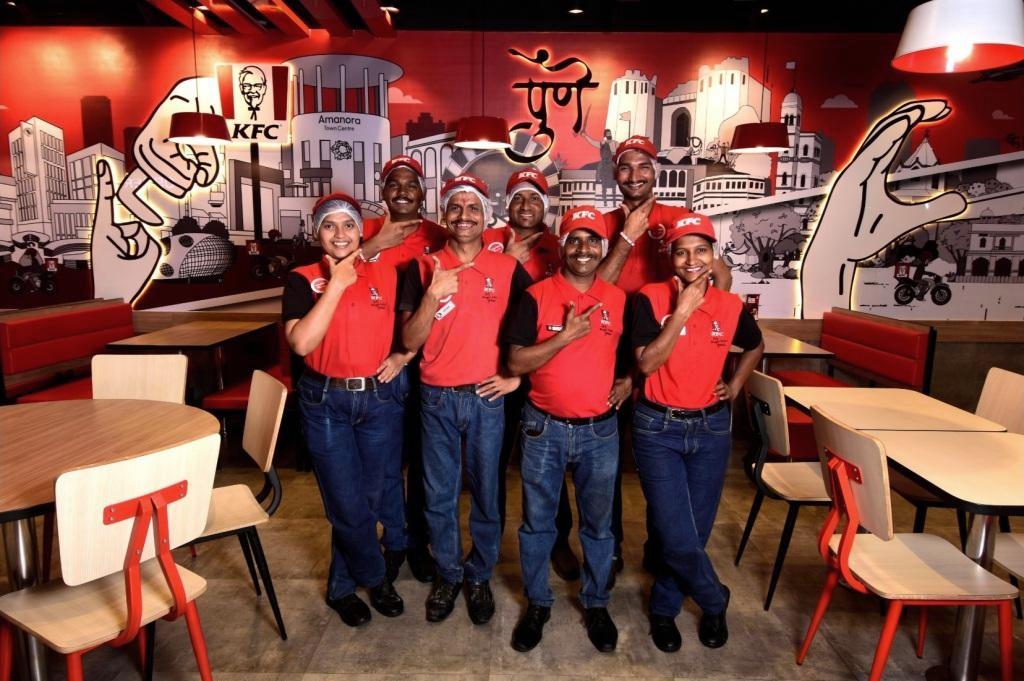

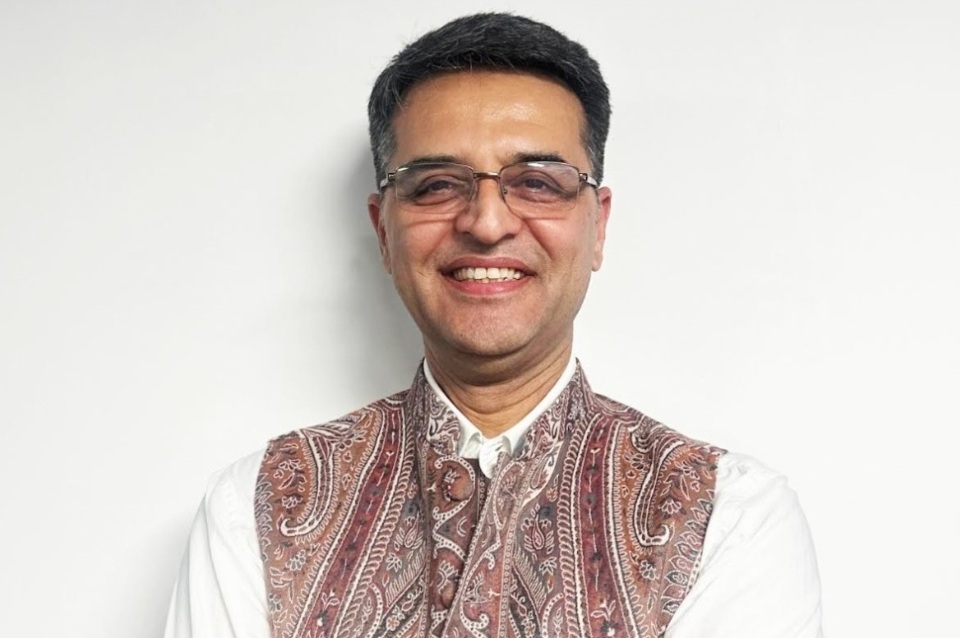
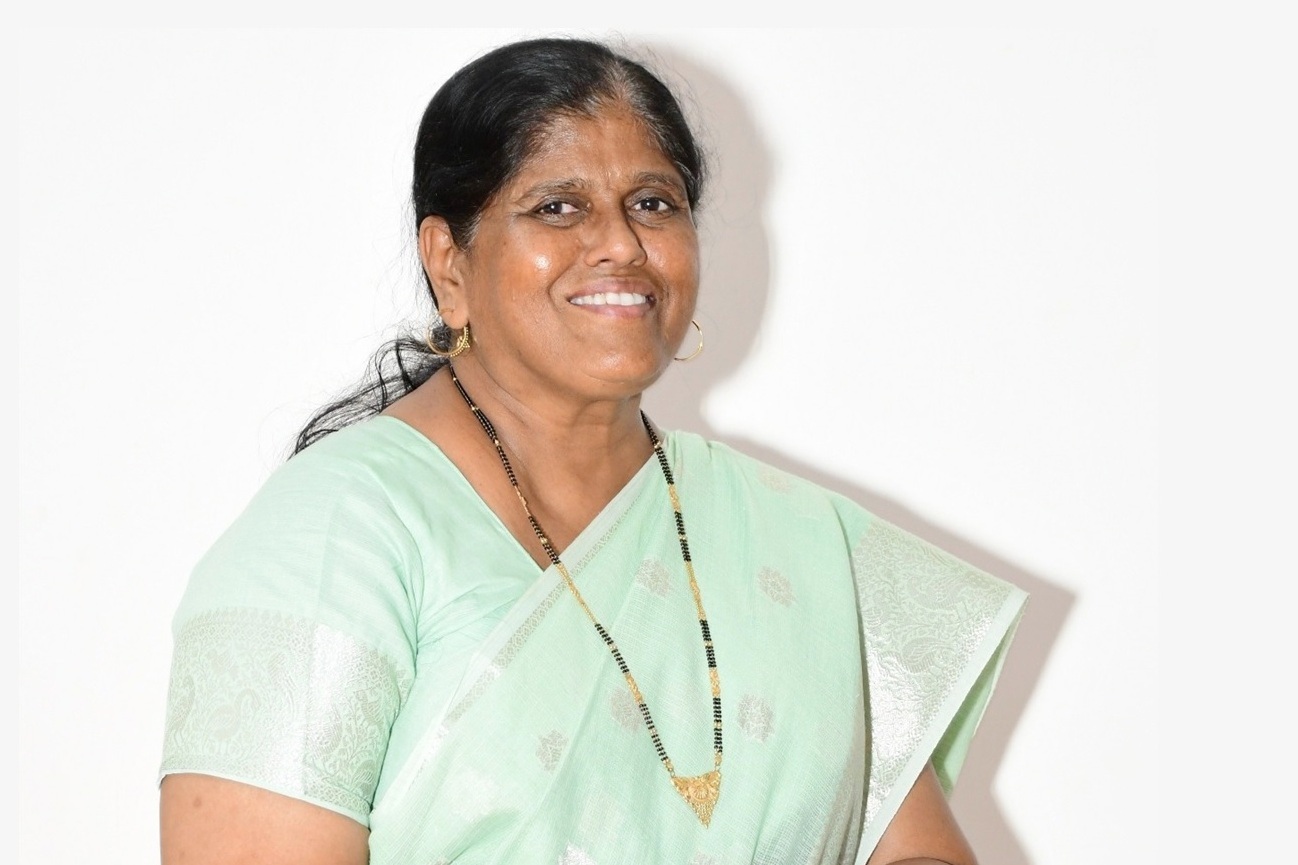


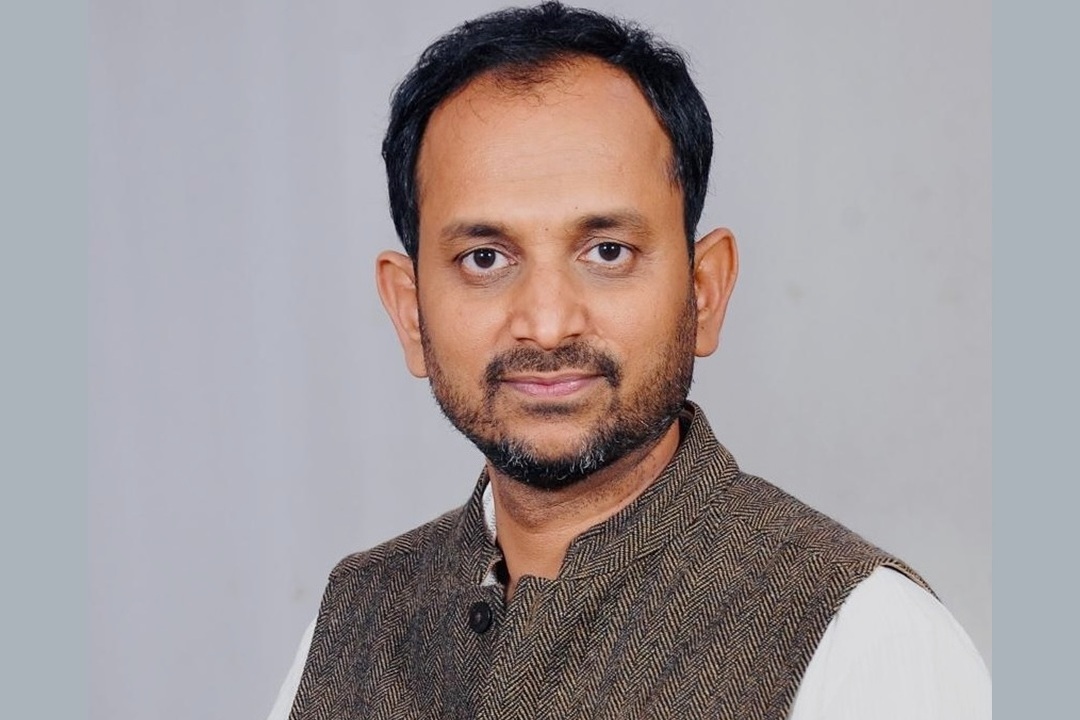
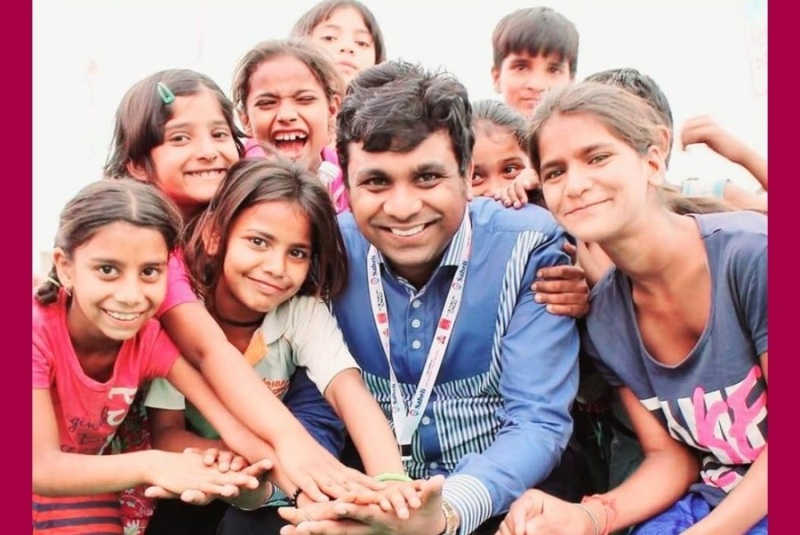
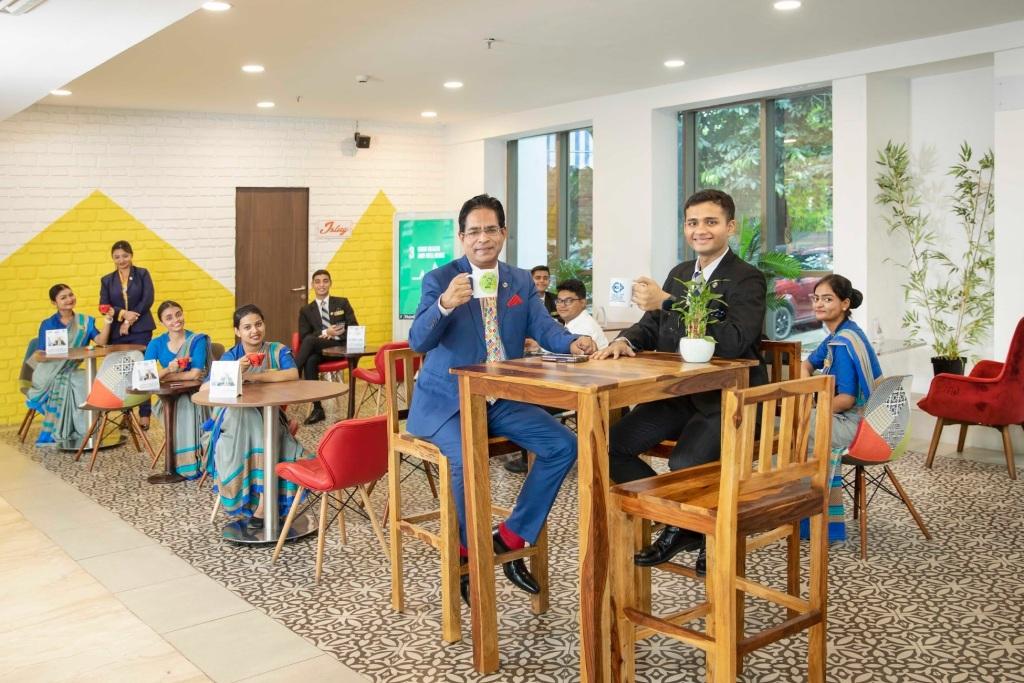
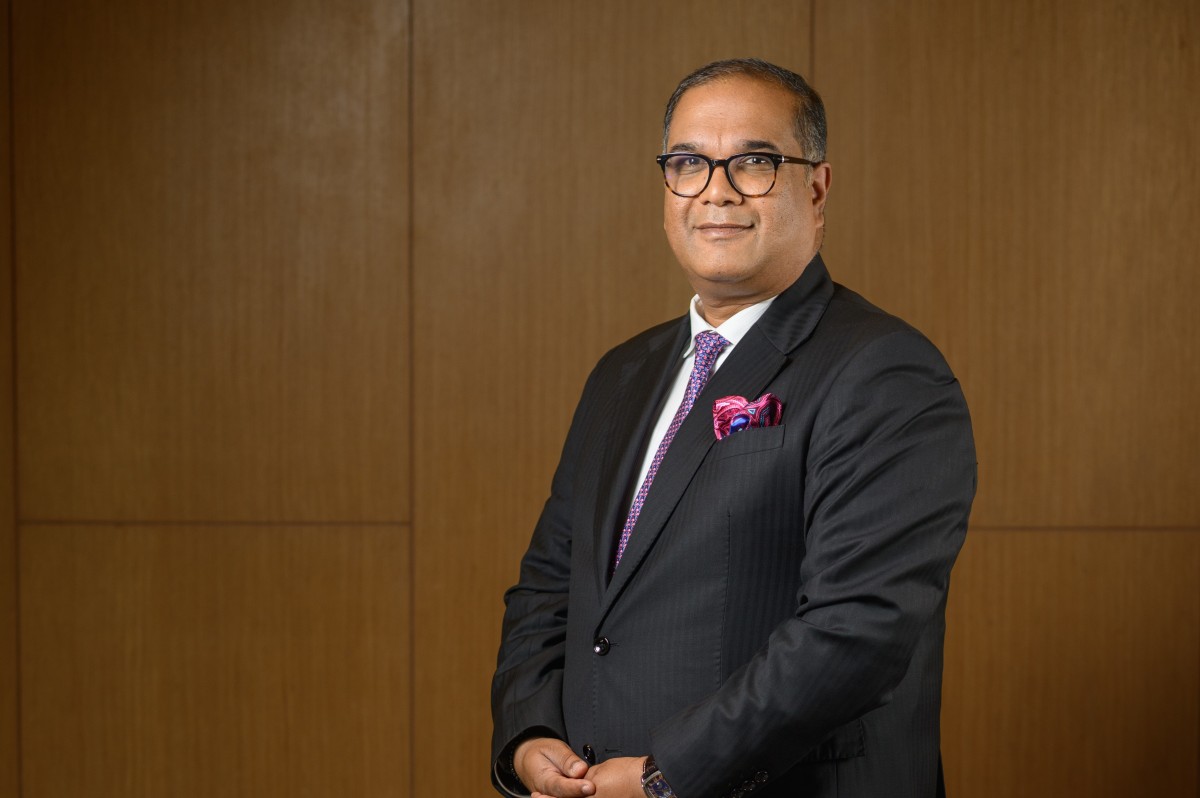

.jpg)




